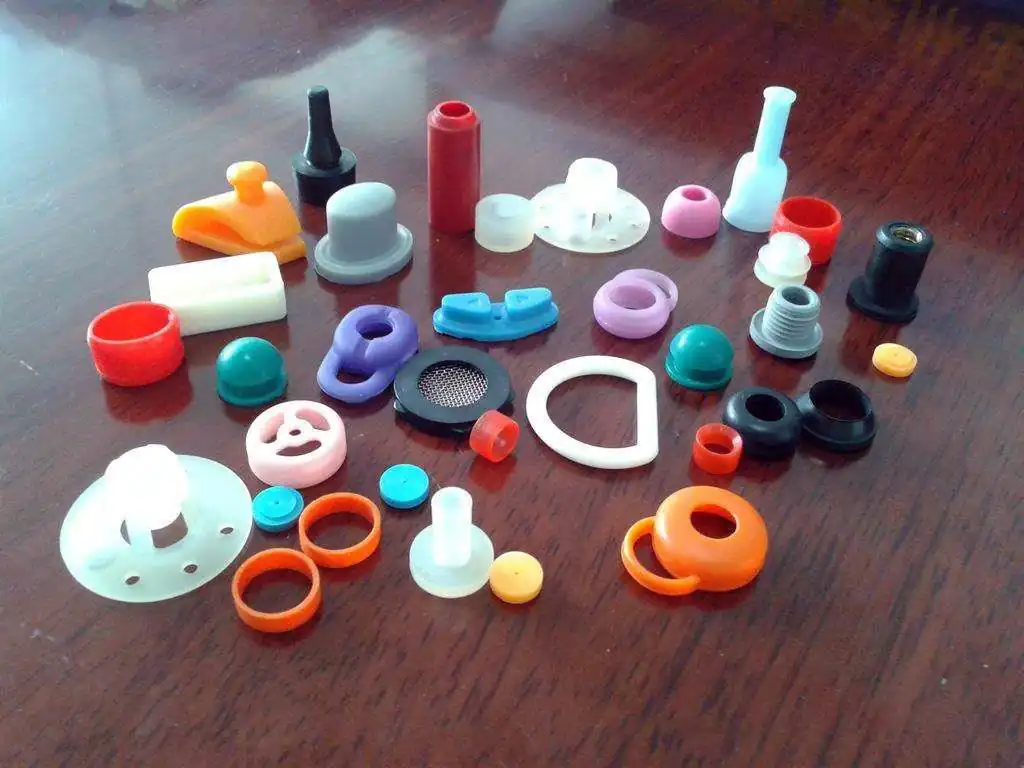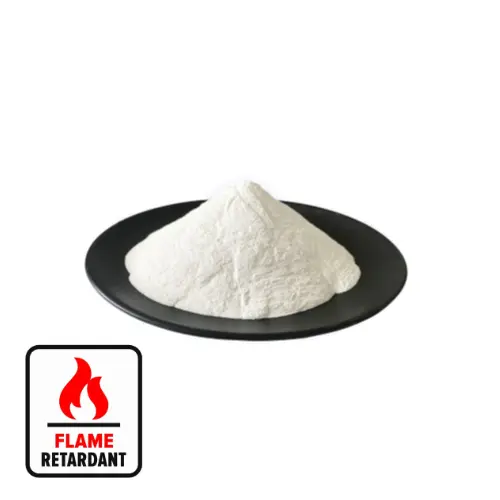Hebei Messi Biology Co., Ltd. stated that magnesium hydroxide, as an inorganic filler, has been widely used in many industries such as rubber, plastics, coatings, inks, medicine, and food. Among the indicators related to the quality of magnesium hydroxide products, the oil absorption value has a very important impact on product application.




The oil absorption value is also called the resin adsorption amount, which is an index of the resin absorption amount of the filler. In addition to determining the chemical composition and purity of the powder material, the oil absorption value is also related to its surface chemical properties. Different oil absorption values will result in different powder particle sizes, specific surface areas, and adsorption properties. The oil absorption value can change the compatibility of magnesium hydroxide with polymers, and has a certain impact on the quality, performance, and use of the material.
Two main forms of powder absorption oil
Simply put, a large oil absorption value will “waste” a lot of resin, and the effect of filling magnesium hydroxide to reduce production costs will be weakened. In addition, if the formula contains liquid additives, magnesium hydroxide with a small oil absorption value should be selected. Inorganic powders with large oil absorption values will also require more coupling agents.
Ways to reduce the oil absorption value of magnesium hydroxide
1. Control particle morphology
The oil absorption value of magnesium hydroxide is closely related to the production process. In the absence of special requirements for particle morphology, a crystal form control agent can be used to control the crystal form and specific surface area, thereby reducing its oil absorption value.
2. Control fineness and particle size distribution
The application of magnesium hydroxide products in ordinary fields does not require high fineness and particle size distribution. It is appropriate to select compound products with a large difference in particle size distribution, so that small particles will enter the gaps of large particles, the packing density will increase, and the overall oil absorption of the product will decrease.
For high-quality product applications, magnesium hydroxide with high fineness and narrow particle size distribution helps to improve product performance. At this time, it is necessary to solve the problem of oil absorption value through surface modification.
3. Surface modification
Surface modification is one of the important means to effectively reduce the oil absorption value of powder. After the surface modification of magnesium hydroxide, the number of aggregated particles is reduced, the dispersibility is improved, and the gaps between particles are reduced. In addition, the modified molecules weaken the polarity of the magnesium hydroxide surface, reduce the friction between particles, improve lubricity, make the powder stack more tightly, increase the stacking density, and naturally reduce the oil absorption value.
The influence of magnesium hydroxide production process variables on the oil absorption value
1. The influence of secondary carbonization time
2. The influence of the amount of crystal form controller
The carbonization reaction includes the formation of magnesium hydroxide nuclei and the growth of crystals. In the early stage of the carbonization reaction, with the increase of the amount of crystal form controller, the nucleation rate is greater than the growth rate, and the nano magnesium hydroxide obtained has a small particle size, a large specific surface area, and a high yield value, but the oil absorption value also increases accordingly.
3. The influence of the amount of surfactant
With the increase of the amount of surface treatment agent, the oil absorption value of magnesium hydroxide continues to decrease. However, when the amount of treatment agent increases to a certain extent, the oil absorption value almost no longer decreases, and the excessive amount of treatment agent in the system leads to a decrease in the yield value.
Conclusion
From a microscopic perspective, the oil absorption value is related to the gaps between powder particles, the surface properties of the particles and the specific surface area of the powder. When the nanoparticles are not modified, they are in an aggregated state, and the gaps between the particles are large. At this time, the oil absorption value of the powder will increase.
The hydrophilic and lipophilic properties of the particle surface have a great influence on the oil absorption value. After the powder is modified, the lipophilicity increases, the surface energy decreases, the oil absorption value decreases, and the dispersion is better. From another perspective, obtaining magnesium hydroxide with a smaller oil absorption value can greatly improve the dispersion and lipophilicity of the particles.
In addition, in the process of producing magnesium hydroxide, of course, the particle size and dispersion properties are first considered. On this basis, consider how to reduce its oil absorption value. Only in this way can it be of practical significance.

